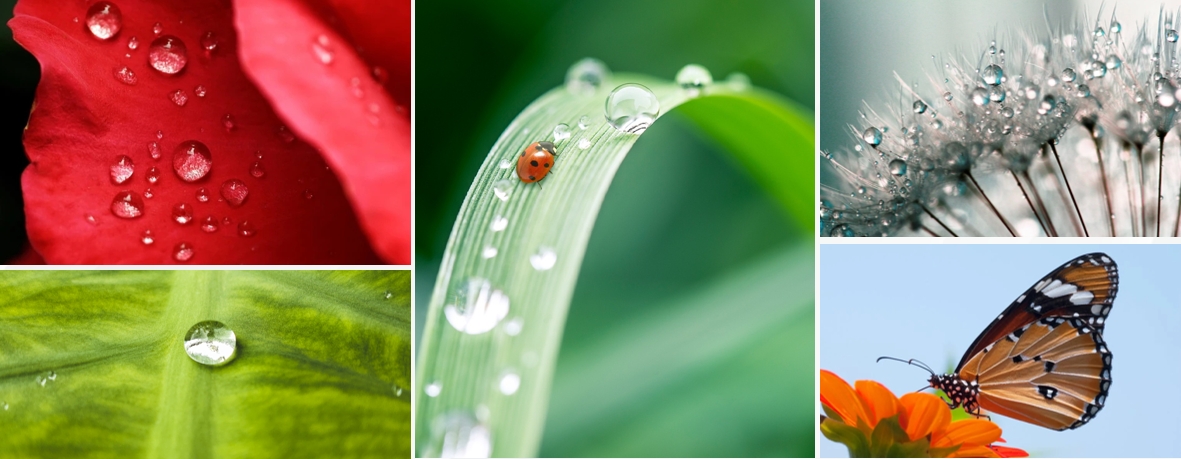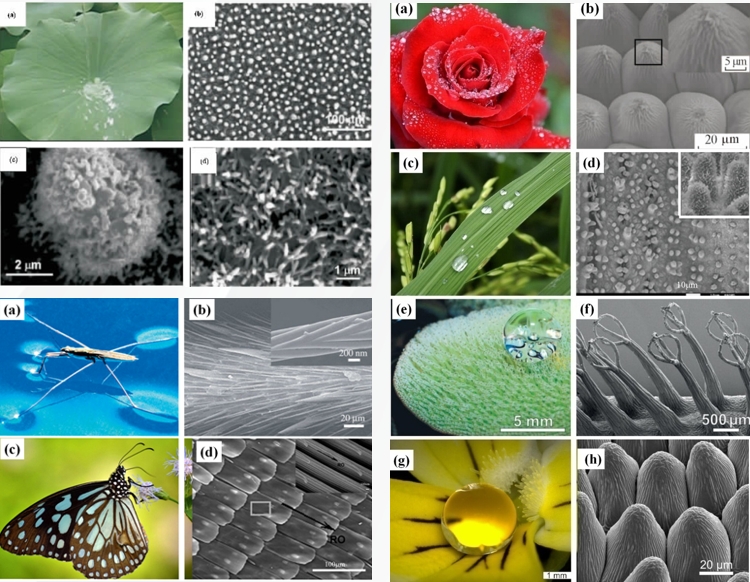TEL:
13430627966

scanning:104 from:What is superhydrophobic nano-coating material? We have systematically studied plants and animals with superhydrophobic properties, such as lotus leaf, strider\'s foot, butterfly\'s wing, cicada\'s wing, mosquito\'s eye, rose flower\'s petal, rice leaf, locust leaf ping\'s leaf, and pansy\'s petal, etc. The research results show that superhydrophobic materials in nature have superhydrophobic properties, and that the superhydrophobic nano-coating materials in nature have superhydrophobic properties.
What are superhydrophobic nanocoated materials?
Superhydrophobic materials in nature

What is superhydrophobic nano-coating material? We have systematically studied plants and animals with superhydrophobic properties, such as lotus leaf, strider's foot, butterfly's wing, cicada's wing, mosquito's eye, rose flower's petal, rice leaf, locust leaf ping's leaf, and pansy's petal, etc. The research results show that superhydrophobic materials in nature have superhydrophobic properties, and that the superhydrophobic nano-coating materials in nature have superhydrophobic properties.
The results of the study show that the animals and plants with superhydrophobic properties in nature have the following common characteristics:

1,Characteristics of superhydrophobic materials in nature
1, with a rough micron-nanometer structure;
2, Covered with a layer of low surface energy wax film on the surface of the micron-nanometer structure.

Theoretically, any material with the above modifications on its surface can achieve superhydrophobicity.
In fact, we have realized superhydrophobicity on a variety of substrates, such as glass, cotton, textiles, paper, metal, building materials, etc., which proves the correctness of the above conclusion.
Introduction of Superhydrophobic Coating, a New Material for Superdefense

At present, the electronics industry commonly use three-proof paint for electronic device protection
Superhydrophobic materials for the protection of electronic components
Electronics industry, the so-called “three-proof” that is, moisture-proof, anti-salt spray, anti-mold, the current main application of the material has six types: silicone, polyurethane, acrylics, epoxy, synthetic rubber, as well as poly-paraxylene class.
There are many factors affecting the performance of three-proof paint, for the above products to enhance the denseness of the film layer is to enhance the key to anti-humidity, anti-salt spray.
Superhydrophobic materials have natural “three-proof” properties.
Similar to the surface of the lotus leaf superhydrophobic materials, due to its unique rejection of water or water vapor, superhydrophobic materials have inherent natural waterproof, moisture, salt spray, mold, dust, corrosion, short-circuit and other characteristics.
Superhydrophobic materials have natural “three-proof” characteristics, instead of three-proof paint belongs to the lower-dimensional blow.